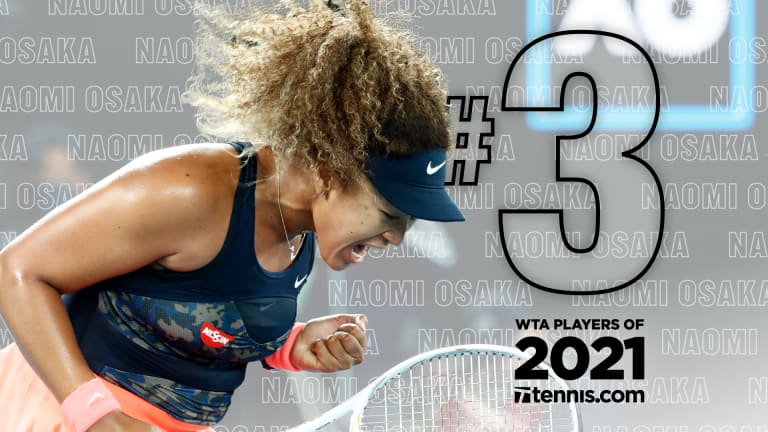Naomi Osaka’s last tennis match of 2021 came in the third round of the US Open. She lost to Leylah Fernandez in a dramatic three-setter, the young Canadian fighting back to beat the defending US Open champion, 5-7, 7-6 (2), 6-4.
In trademark fashion, in her post-match press conference, Osaka thoughtfully took responsibility for what happened, including a mid-match racquet toss. “Yeah, I'm really sorry about that,” she said. “I'm not really sure why. I was telling myself to be calm, but I feel like maybe there was a boiling point. Like normally I feel like I like challenges. But recently I feel very anxious when things don't go my way, and I feel like you can feel that. I'm not really sure why it happens the way it happens now. But, yeah, it's basically why. You could kind of see that. I was kind of like a little kid.”
As the press conference neared its conclusion, Osaka addressed the broader issues that had also surfaced for her throughout 2021. “Basically I feel like I'm kind of at this point where I'm trying to figure out what I want to do,” she said, “and I honestly don't know when I'm going to play my next tennis match.” At which point, Osaka began to cry, added that she planned to take a break from tennis, and then left the room. By the end of 2021, Osaka had played only 24 matches (18-6)—compared to 51 in the pre-pandemic year of 2019.
